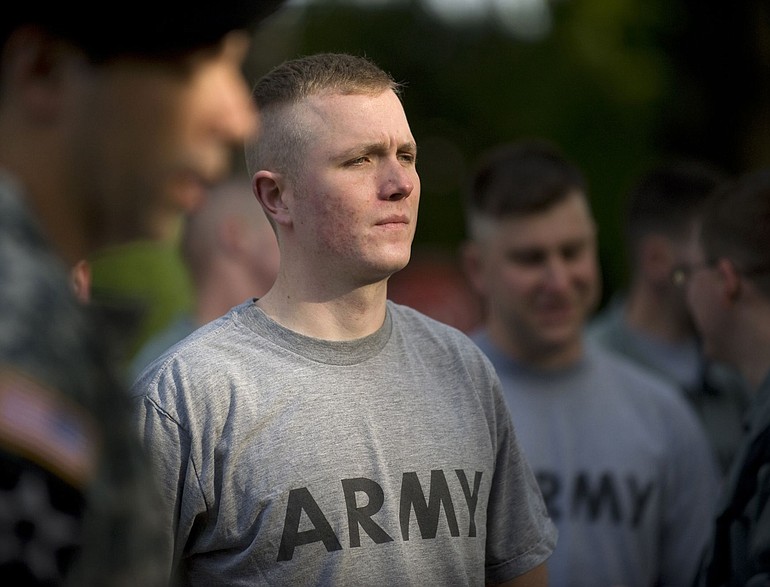Vancouver Barracks is home to about 850 Army Reservists. By summer 2011, plans call for all soldiers to be out of the barracks.
Their missions include training potential soldiers through summer programs; supporting ROTC summer programs; providing drill sergeants for Army Basic Training; training prospective drill sergeants; and training medical professionals for wartime and peacetime duty. The tents you see near Fifth Street are for the medical professionals to train in a field-like environment.
Here is a quick look at who the soldiers are, and where they are headed:
104th Division Headquarters Led by Brig. Gen. Daniel York, this division headquarters totals about 111 soldiers. The division adopted the Timberwolf as its mascot in 1924. Relocating to Joint Base Lewis-McChord (formerly Fort Lewis).



